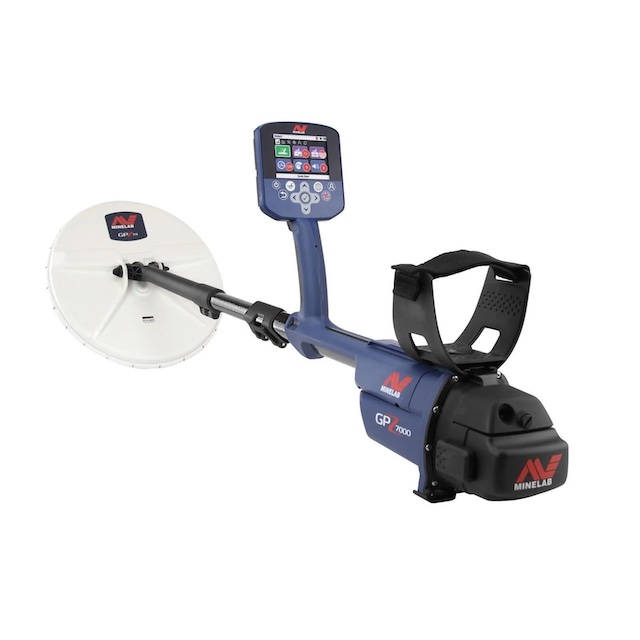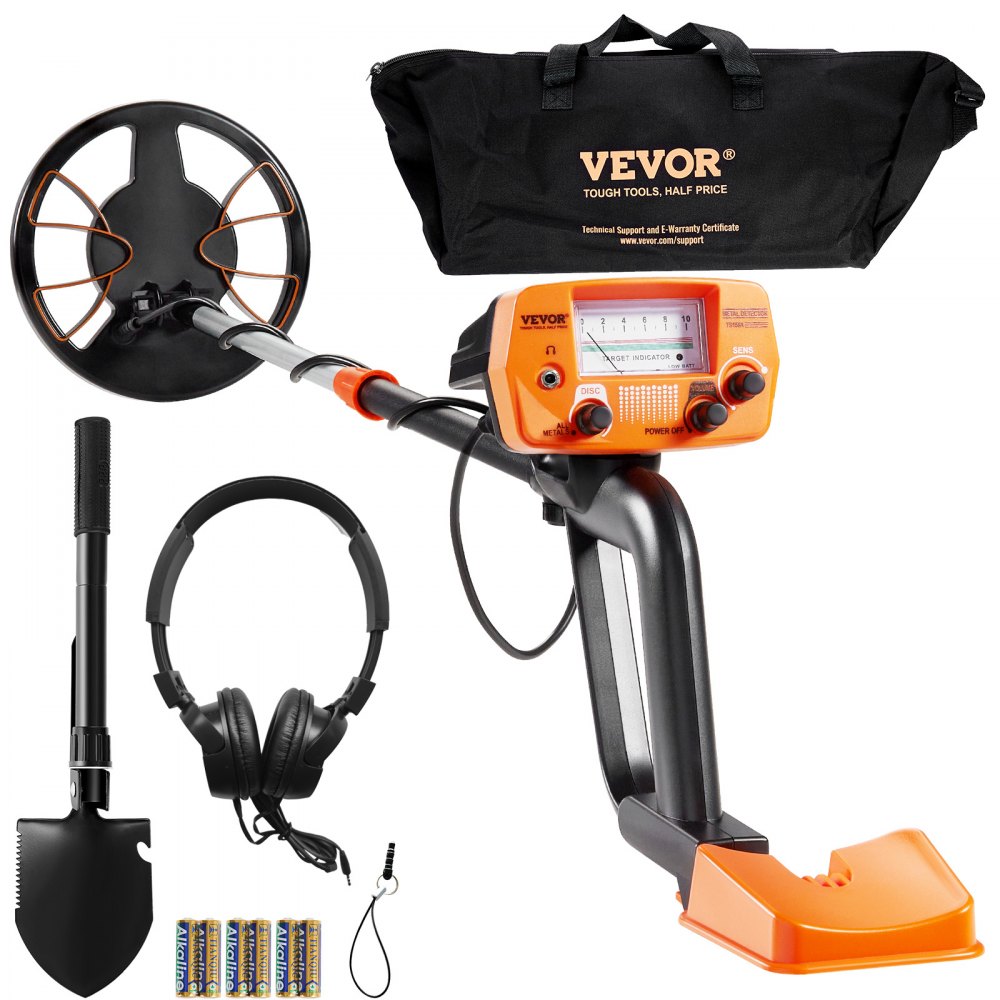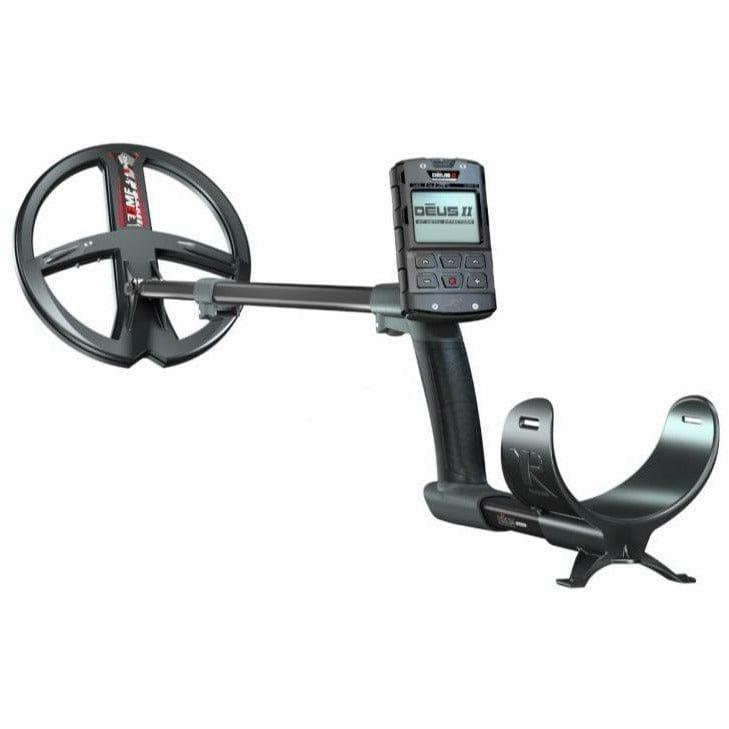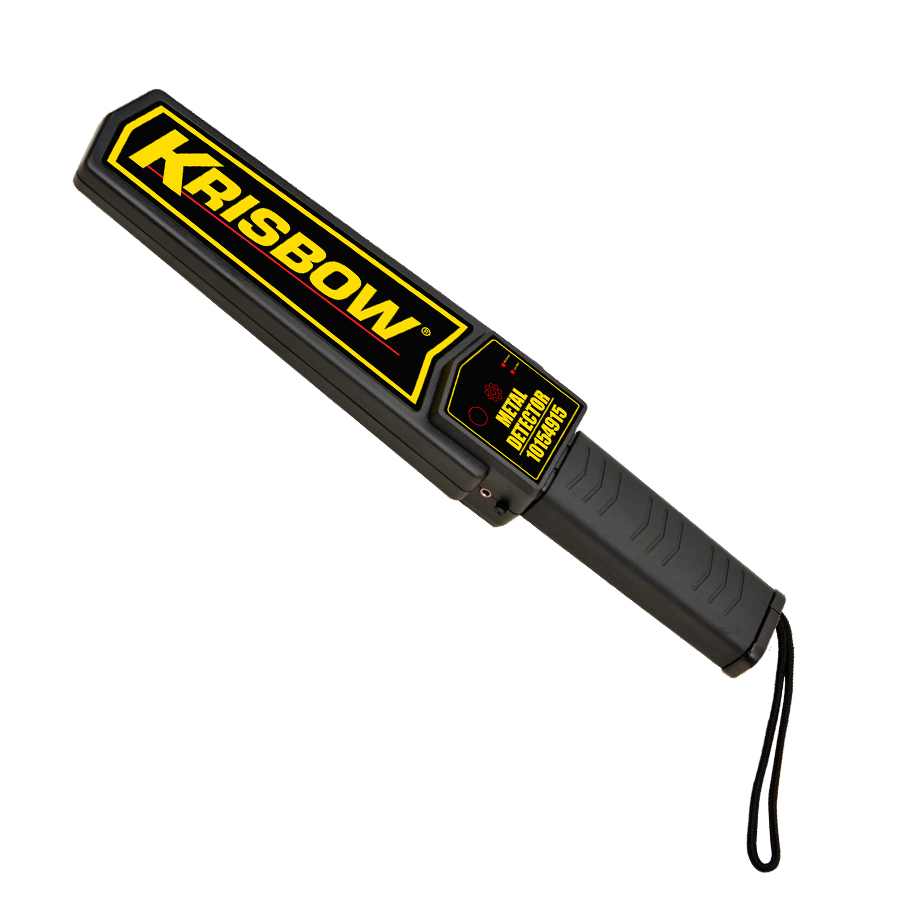
Unearth the Secrets: A Comprehensive Guide to Metal Detector
Introduction
A metal detector is a device used to detect the presence of metal objects. It works by generating an electromagnetic field. Then measuring the changes in that field caused by the presence of metal. Metal detectors are widely used for a variety of purposes. Including security screening, treasure hunting, archaeological exploration, and industrial applications. Metal detector is an essential tool for archaeologists, hobbyists, and security professionals alike. They come in various shapes and sizes, with advanced technology and features that make them suitable for different purposes. In this article, we will delve into the world of metal detectors, exploring their history, functionality, types, best practices, and future prospects.
Part 1: History and Evolution of Metal Detectors
From their humble beginnings as basic electromagnetic devices in the early 20th century, metal detectors have come a long way in terms of technology and functionality. Early models were primarily used for military and industrial purposes. The development of more sensitive and accurate detectors has allowed them to be used in a wide range of applications, including treasure hunting, archaeology, and security screening.
Level 1: Early metal detectors were large and cumbersome. Requiring operators to manually scan the ground for metal objects. Over time, advancements in technology led to the development of more portable and efficient models.
Level 2: In the 1960s, the invention of the transistor greatly improved the performance and portability of metal detectors, making them more accessible to hobbyists and treasure hunters.
Part 2: How Metal Detectors Work
Metal detectors have been in use for many years, and their technology continues to evolve and improve. Modern metal detectors are more sensitive and reliable than ever, with enhanced features and capabilities that make them useful for a wide range of applications. Whether used for security, exploration, or industrial purposes, metal detectors play a vital role in detecting and identifying metal objects in a variety of contexts.
Metal detectors rely on the principle of electromagnetism to detect metallic objects hidden beneath the ground or within other materials. When a metal object comes into contact with the electromagnetic field generated by the detector, it disrupts the field, causing a detectable signal to be emitted.
Level 1: A basic overview of how metal detectors generate and detect electromagnetic fields. Including the role of coils and sensors in identifying metal objects.
Level 2: The various methods and technologies used in modern metal detectors, such as pulse induction and very low frequency (VLF) systems, and how they differ in terms of sensitivity and application.
Part 3: Types of Metal Detectors
Metal detectors come in a variety of types and designs, ranging from handheld devices to large walk-through machines. Handheld metal detectors are commonly used for security screening at airports, schools, and other public places. Larger walk-through machines are used in high-security areas such as prisons and government buildings. In addition to security applications, metal detectors are also used by hobbyists and professional treasure hunters to search for buried or hidden metal objects, such as coins, jewelry, and relics.
There are several types of metal detectors designed for specific purposes, including gold prospecting, relic hunting, underwater detection, and security screening. Each type is equipped with features and settings tailored to the target environment and the type of metal being sought.
Level 1: An overview of the main categories of metal detectors, including their respective strengths and limitations.
Level 2: Detailed descriptions of specialized metal detectors, such as ground-penetrating radar systems, multi-frequency detectors, and pinpointer tools for precision targeting.
Part 4: Best Practices for Metal Detecting
The basic principle of a metal detector is that it uses an electric current to create a magnetic field, and when metal objects come into contact with this field, they disturb it, which is then detected by the device. Metal detectors are used in a wide variety of settings, including airports, schools, public buildings, and even private homes. They are used to search for weapons, explosives, and other dangerous items that may pose a threat to security.
In addition to their use in security applications, metal detectors are also popular among hobbyists and enthusiasts who use them for treasure hunting and metal detecting. Many people enjoy the thrill of searching for buried treasure, coins, jewelry, and other valuable metal objects. While metal detecting can be an exciting and rewarding activity, it is important to adhere to certain ethical and legal guidelines. Responsible metal detecting not only preserves historical and archaeological sites but also fosters a positive image of the hobby within the community.
Level 1: Discussing the importance of obtaining permission from landowners, respecting public property, and properly documenting finds.
Level 2: Providing tips for safe and effective metal detecting, including proper equipment maintenance, environmental considerations, and strategies for maximizing finds while minimizing impact.
Part 5: Future Prospects of Metal Detectors
With ongoing advancements in technology, the future of metal detectors looks promising. From improved sensitivity and target discrimination to integrated GPS and wireless connectivity, the next generation of metal detectors offers exciting possibilities for both enthusiasts and professionals.
Level 1: Exploring emerging trends and innovations in metal detector technology, such as artificial intelligence, machine learning, and miniaturization.
Level 2: Speculating on potential applications for advanced metal detectors, such as improved security screening, environmental surveys, and the exploration of extraterrestrial or underwater environments.
Part 6: Advanced Features of Metal Detectors
Level 1: Ground Balance
Some metal detectors come with ground balance features, which allow users to adjust the detector to the mineralization of the soil. This can help eliminate false signals and improve the accuracy of the detector.
Level 2: Multi-Frequency Technology
Advanced metal detectors often use multi-frequency technology, which allows them to transmit and receive multiple frequencies simultaneously. This can enhance the detector’s ability to distinguish between different types of metals and improve its overall detection capabilities.
Part 7: Maintenance and Care of Metal Detectors
Level 1: Cleaning
Regular cleaning is essential to keep a metal detector in good working condition. Users should clean the search coil and control box after each use to remove dirt, debris, and moisture.
Level 2: Storage
Proper storage is important to protect the metal detector from damage. When not in use, it should be stored in a dry place and protected from extreme temperatures and humidity. Pay attention to prevent corrosion and electrical issues.
Part 8: Understanding the Legalities of Metal Detecting
The technology behind metal detectors has advanced significantly over the years, leading to improved sensitivity, accuracy, and usability. Modern metal detectors can distinguish between different types of metals, and they often come with features such as adjustable sensitivity, discrimination settings, and digital displays. Overall, metal detectors play a vital role in security, law enforcement, and hobbyist activities. Whether used for identifying potential threats or for uncovering buried treasures, metal detectors have become an essential tool in many different fields.
Level 1: Research Local Regulations
Before using a metal detector, it’s important to research and understand the local regulations regarding metal detecting. Some areas may have restrictions or require permits for metal detecting on public or private property.
Level 2: Respecting Property Rights
It’s essential for metal detector users to obtain permission from property owners before searching on private land. Respecting property rights and obtaining proper authorization is crucial to avoid legal issues and maintain positive relationships within the community.
Conclusion
In archaeological exploration, metal detectors can locate buried artifacts and structures. And providing valuable information about past civilizations and historical sites. People also can use it in industrial settings to detect metal contaminants in food, pharmaceuticals, and other products. Ensuring product quality and safety.
There are many different types of metal detectors available, ranging from simple handheld devices to more advanced, specialized equipment. Some metal detectors for use is in specific environments, such as underwater or in rugged terrain. The basic components of a metal detector include a coil of wire that generates the electromagnetic field. And a control unit that processes the signals and provides the user with feedback, a display or indicator to alert the user to the presence of metal.
Some metal detectors also incorporate advanced features such as discrimination capabilities. They allow the user to distinguish between different types of metal, and ground balance controls. They help to filter out interference from mineralized soil. Metal detectors play a vital role in a wide range of fields, from historical preservation and leisure activities to security and law enforcement. Understanding their history, functionality, types, best practices, and future prospects. Those enthusiasts and professionals alike can make informed decisions about how to best utilize these invaluable tools. Whether you’re a detectorist or a newcomer to the hobby, the world of metal detecting is full of exciting possibilities.




